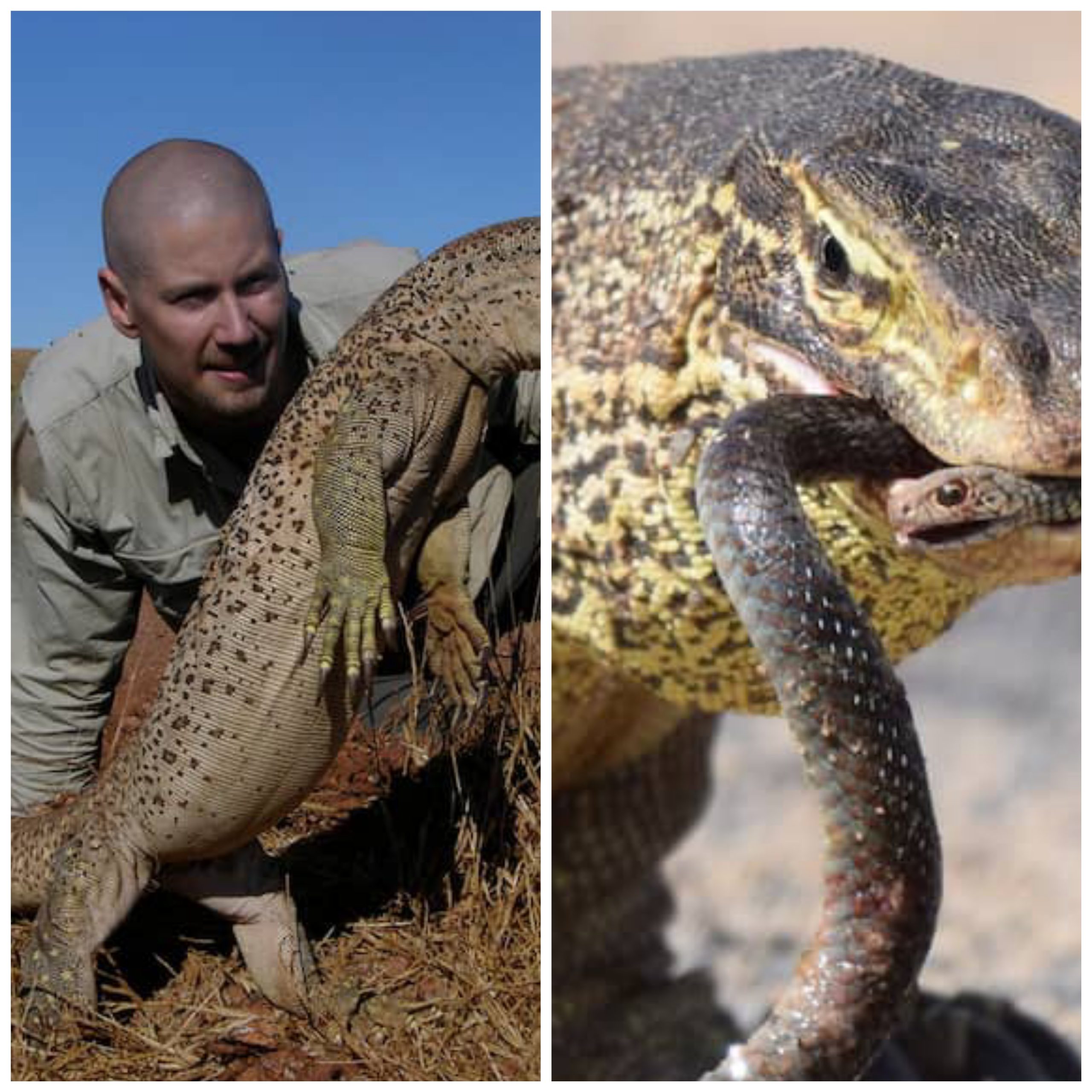Title: “Evolutionary Arms Race: Australian Lizards Develop Resistance to Venomous Snakes, But Snakes Fight Back”
By Teekay Adams
28th November, 2024
New research has uncovered the evolutionary battle between Australia’s venomous snakes and their lizard predators, revealing how some lizards have developed resistance to snake venom, while others have not. This study also highlights how certain snakes, like death adders, have evolved more potent venom to counter the lizards’ defenses.
The study, led by Professor Bryan Fry from the University of Queensland, investigated the interactions between elapid snakes (including death adders and cobras) and varanid lizards (such as goannas and Komodo dragons). It found that many large lizards, including goannas, have evolved resistance to neurotoxic venom, a defense that is likely linked to their predatory habits.
However, not all lizards share this resistance. Some, like the Komodo dragon, rely on their physical traits, such as thick scales and large teeth, to defend against venomous snakes. Interestingly, smaller lizards that live in trees, like tree monitor lizards, lack venom resistance, but some dwarf species, like the rusty desert monitor, re-evolved resistance when they adapted to burrowing.
The research also reveals a “biological arms race” between the two species. When lizards develop resistance, some snakes evolve stronger venoms, putting pressure on prey species to adapt once again. The study found that death adders, in particular, have developed venom more potent against resistant varanid lizards.
This evolutionary cycle is a complex and dynamic process, with traits emerging, disappearing, and re-emerging in response to changing ecological pressures. The study concludes that the true winners of this arms race are the small tree-dwelling lizards that have avoided the battle altogether.
Experts like Timothy Jackson from the University of Melbourne emphasize the importance of understanding this evolutionary process, which reveals the deep complexity of predator-prey interactions and the ongoing struggle for survival in the wild.


